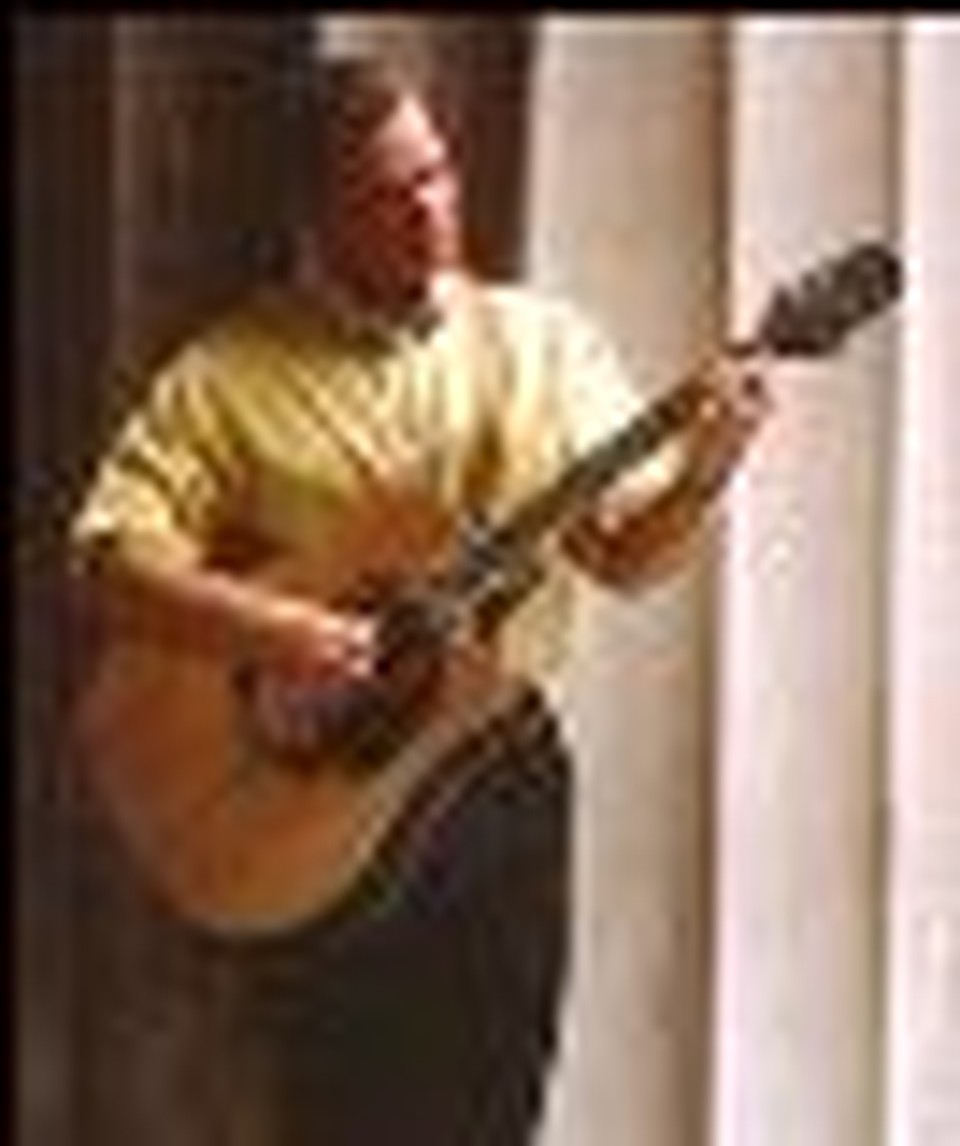Ministry Matters: Pass the Blender, Part II

As I write the second installment of this article, I am in the East Bay area of San Francisco near Oakland, California, with Integrity’s Seminars4Worship. Bob Fitts and Tommy Walker are the featured worship leaders this week, and the registration for this event is very strong. As a guest clinician, I’ve been speaking today to capacity crowds on pursuing intimacy with God--certainly not something you can teach well in an hour or perhaps even a lifetime, but a worthy topic, nonetheless. The tenor of this event is a marked hunger for intimacy and reality in worship. As we look at three practical aspects of blending worship, let’s keep this truth at the forefront: people everywhere, in every church, in every city, state, and country are hungry for intimacy with their Creator.
Beginning to Blend
I say often in my seminars and workshops that my wife grew up Baptist, and I grew up “sinner.” It’s the largest church in the world, actually. We didn’t sing hymns in my former church, but when I had a genuine encounter with Jesus Christ, I joined a Baptist church in Memphis, Tennessee, and began to discover the rich tradition of Christian hymnody. Over several years, I put down the Rock ‘N’ Roll of my childhood days and learned to love the words and melodies of Fanny Crosby, Isaac Watts, Charles Wesley, Thomas Chisholm, and many others who have left a legacy of song in the church.
As I began to develop my own worship ministry, writing my own songs of worship, it was easy to move further and further away from this deep base of hymns, but I found myself needing to tap into them once I started leading worship in a traditional church that was moving into worship renewal. As a writer, I had often studied the wonderful words of these hymn writers, but I had not spent a lot of time learning to lead these songs well in a public setting. Over the last four years, I have developed a deeper repertoire of hymns and a greater appreciation for many of them. The first key, then, to effectively blend worship styles for leading a congregation is to love and respect all kinds of music, modern and traditional. Until you can honestly appreciate the doctrine and legacy of the greatest of the hymns, you will only be tolerating them in your repertoire and not using them as true worship moments.
Seeking the Past in the Present
Integral to the first key of blending worship is the second key: embracing in love the generation of worshipers that have gone before us. We have the nasty habit in this country of shunning the aged and idolizing the young. This must not be true of the Church. It’s much too easy to look at the brass markers on the back of pews that say something like “In loving memory of…” and dismiss them as meaningless. But if we are to truly serve today’s congregation, we must learn to appreciate the heritage of faith that came before. Someone paid their tithes or gave sacrificially and bought that pew. Someone had a loved one for whom they dedicated that church pew and it is, at least in some way, a legacy, a memoriam for a life that has gone before yours in that place. What will you leave as a legacy? A disdain for hymns and for those who paved the way for your own worship? Our use of hymns in blending worship should be more than a gratuitous tip of the hat. It should be as meaningful an act of worship as any part of the service itself. Our efforts should aim for more than not-offending older worshipers; we should seek to engage them in every possible way.
The Musical Vs. The Spiritual
The third component of effectively blending worship is to realize that musical renewal is not spiritual renewal. Frankly speaking, people know when we’re faking it. The fruit of our worship ministry is borne out in the lives of our choirs, worship teams and congregations. If we’re just performing music—if we’re not really interested in leading people into the real presence of God—we’re wasting our time and theirs. To use the old and the new as tools of renewal is wise. To use them as tools to build our esteem in the eyes of others is foolish. We must discern the difference.
Pastor Jack Hayford made some wise comments in this morning’s opening session that resonated deeply within me. (Pastor Hayford is 70 years old and is celebrating 48 years of ministry and 50 years of marriage this year. I want to be like him when I’m 70!) His comments were, in effect, a warning to a younger generation of worship leaders to not be in bondage to the “slick and cool,” to not depend on the gadgets and gimmicks of high tech, but to discern the difference between performance and true worship. Between the flood of technology and our own desire to compete with the world, we can often confuse a good song service with anointed worship. The anointing is only proven out in changed lives, not inspiring song services.
The Why Vs. The How
I suppose you’re wondering by now why I’ve spent no time in these articles discussing the mechanics of how to blend worship from a musical standpoint. If you’re involved in church music leadership at all, you need more than a couple of articles on that subject. You need to attend a Seminars4Worship event (check www.seminars4worship.com for one in your area this year), take some music lessons, or be mentored by someone who is already experienced blending worship. Learning to blend is less about mechanics (the ‘how to’) than it is about the philosophy behind the mechanics (the ‘why to’). In truth, if you get the reasons to do it, really get them, you’ll fight your own way into doing it successfully. If you love people around you, people of all ages, and you respect their hymnody (ancient or current), you’ll spend many sleepless nights figuring out how to reach them, how to use their language to lead them into deeper love with Father God.
Revelation 5:13: “I heard every creature in heaven, on earth, under the earth, and on the sea. Every creature in those places was singing, ‘To the one who sits on the throne and to the lamb be praise, honor, glory, and power forever and ever!’”
If you catch the vision found in Revelation 5:13, you’ll begin to understand what it means to be a missionary to your own people in worship.
John Chisum is a songwriter, worship leader, and ordained minister. He is currently Worship Pastor of Christ Anglican Church in Mobile, AL, and is a popular clinician at national conferences. He travels frequently to conduct his own worship weekends and retreats under the banner of Firm Foundation Worship Ministries and is also involved with Integrity's Seminars4Worship and the Integrity Worship Institute as a core instructor. He has been married to Donna for nearly 24 years and they have a daughter, Aly, who is eleven years old. For more information about John and Firm Foundation Worship Ministries, visit him on the web at johnchisum.net.
Originally published May 20, 2004.







